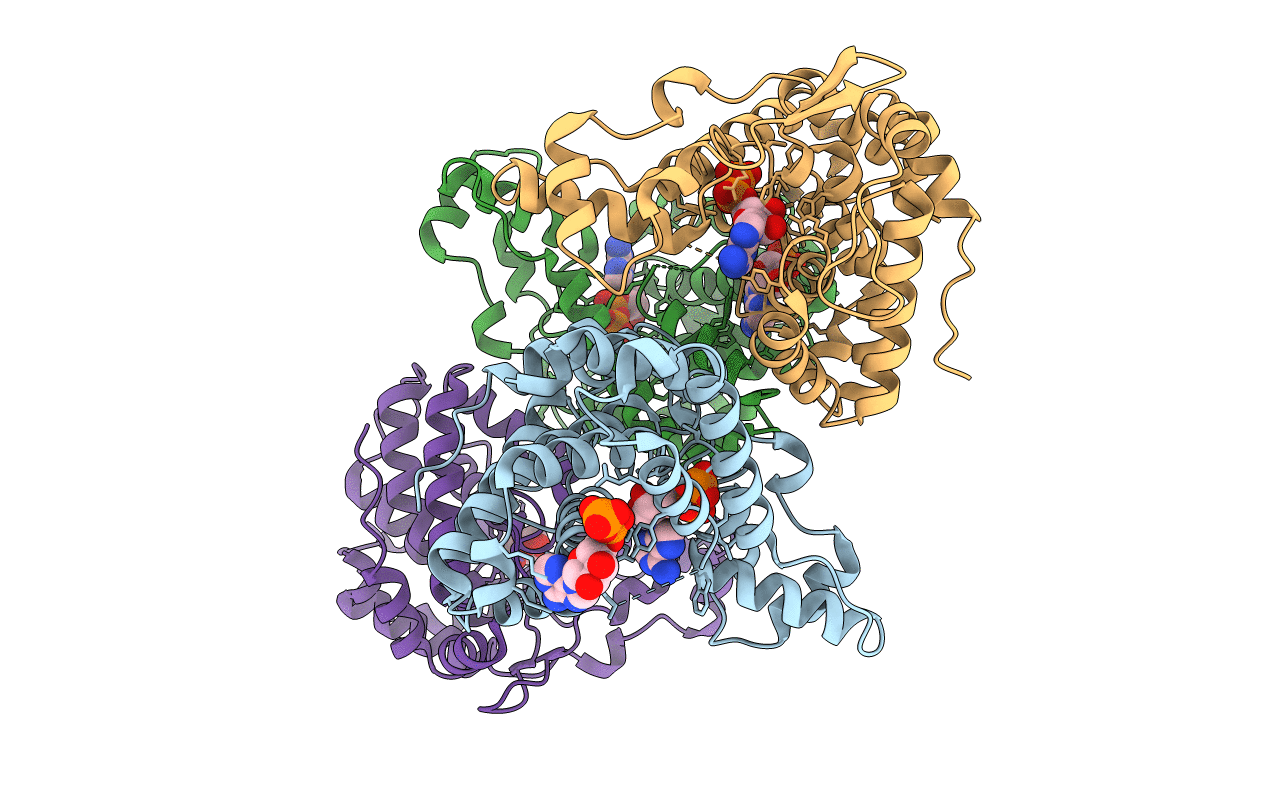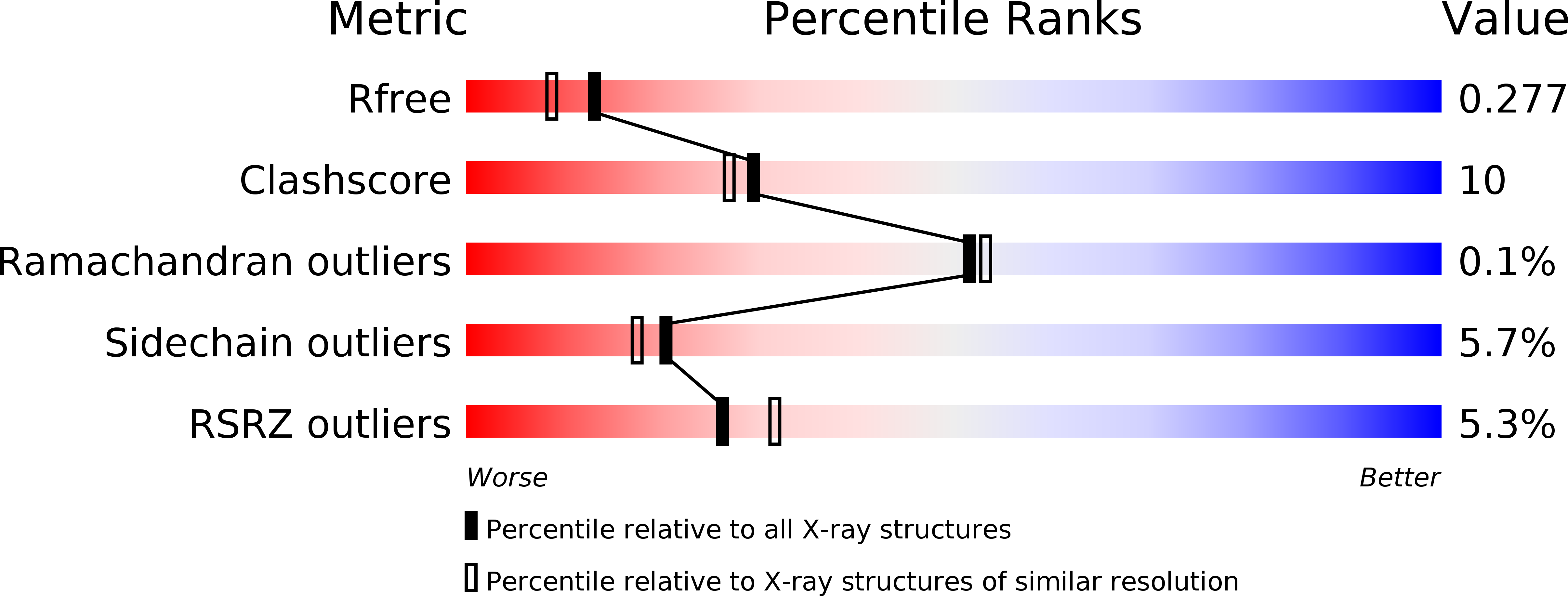
Deposition Date
2015-06-03
Release Date
2015-08-26
Last Version Date
2023-09-27
Entry Detail
PDB ID:
5BU2
Keywords:
Title:
Structure of the C-terminal domain of lpg1496 from Legionella pneumophila in complex with nucleotide
Biological Source:
Source Organism:
Host Organism:
Method Details:
Experimental Method:
Resolution:
2.11 Å
R-Value Free:
0.27
R-Value Work:
0.22
R-Value Observed:
0.23
Space Group:
P 1


